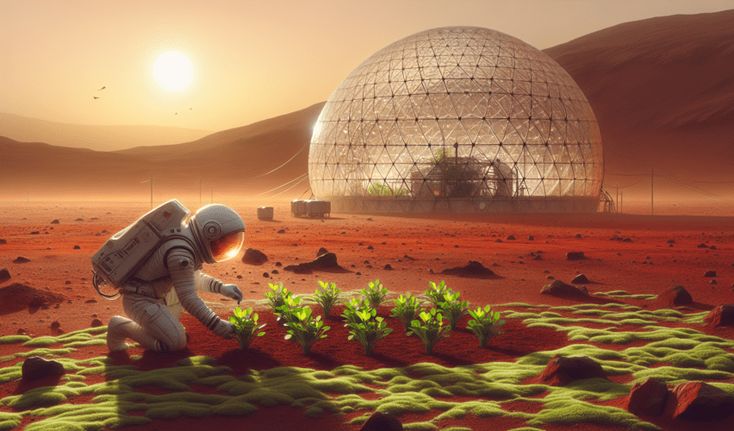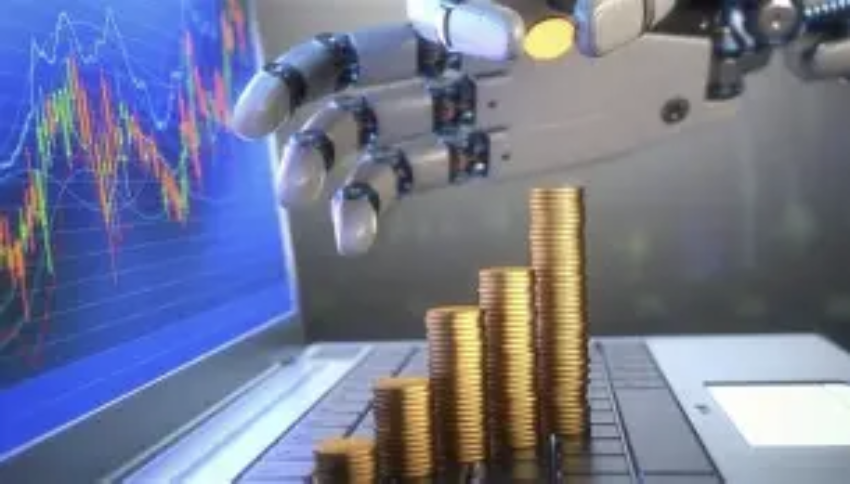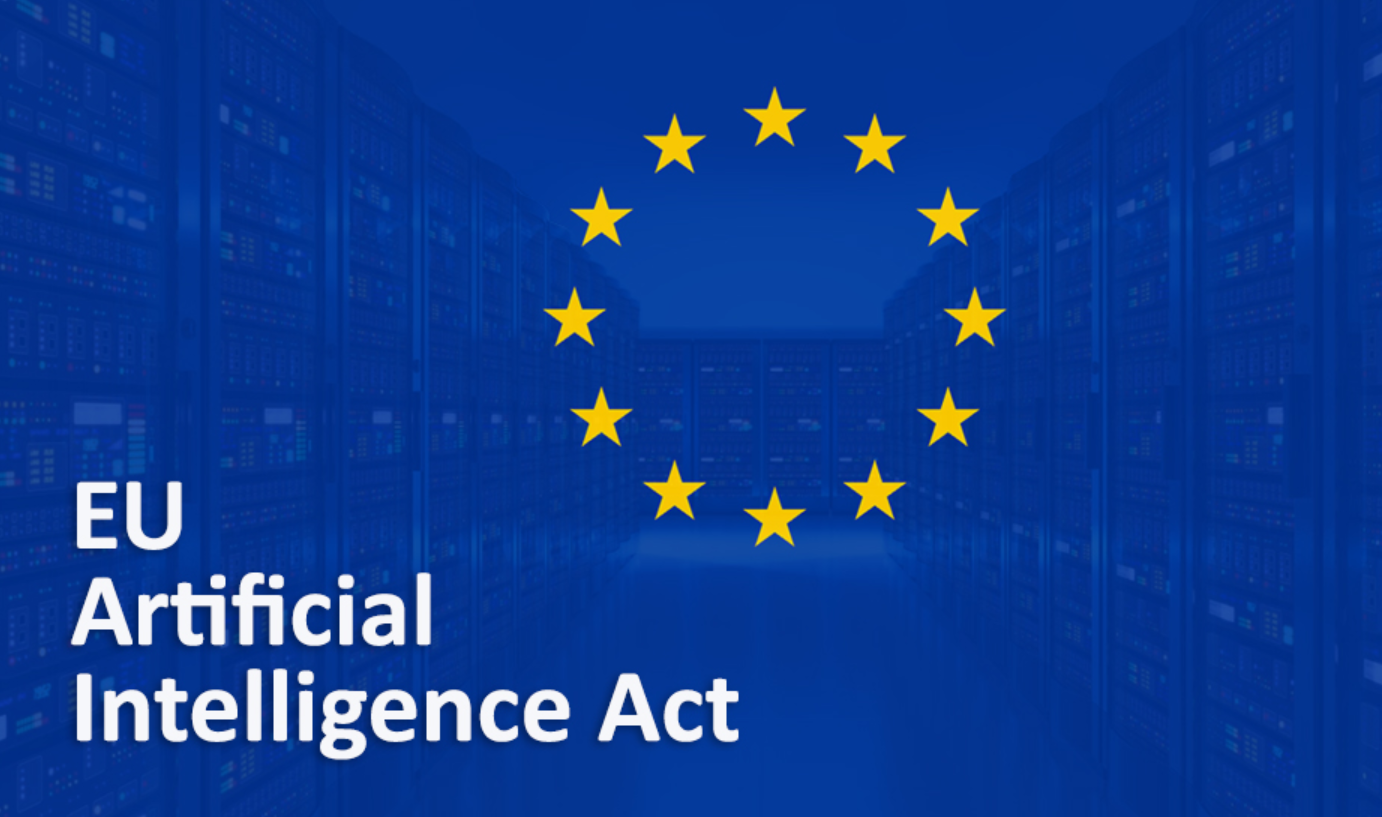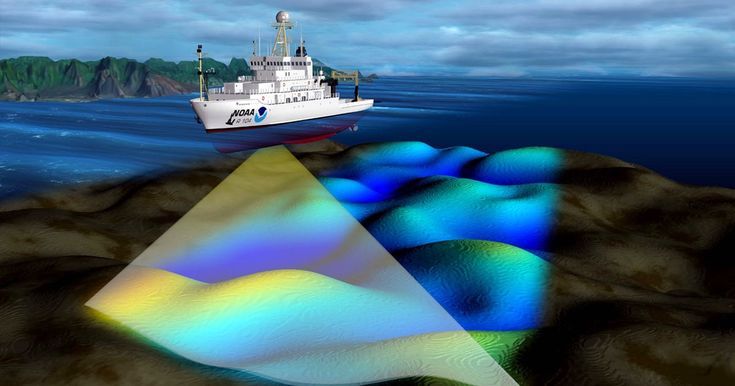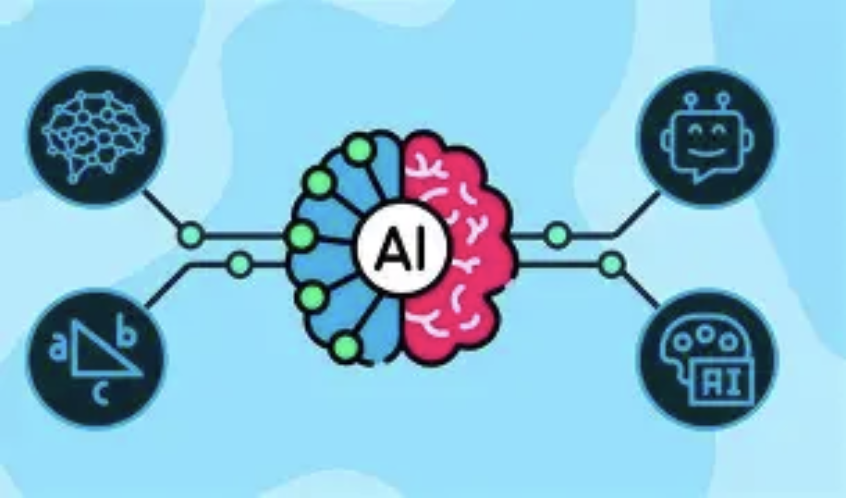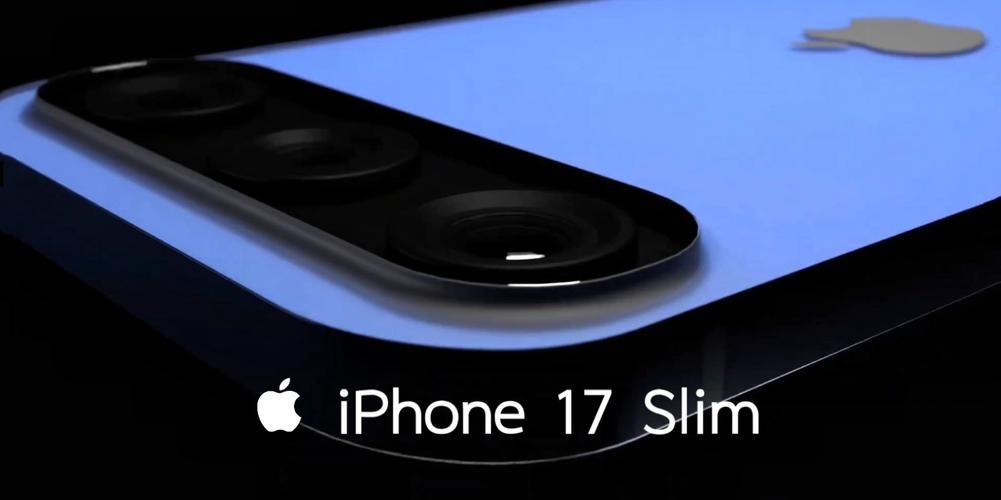The Beauty of Algorithms: The Art of Artificial Intelligence Empowerment
In the traditional concept, art is a unique expression of human emotion and creativity, and it is a field that is difficult for reason and logic to touch. However, with the swift advancement of artificial intelligence technology, this boundary is becoming more and more indistinct. Artificial intelligence is no longer just a tool to solve complex problems, it is gradually becoming a new partner of artistic creation, even an artist with great potential, which opens up unprecedented possibilities for the integration of technology and art.
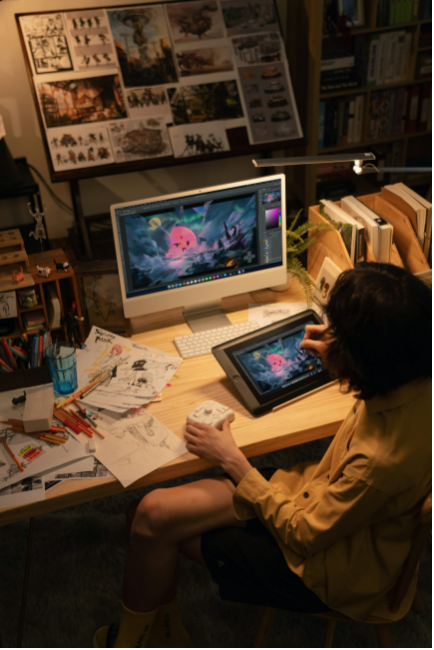
There are many ways for artificial intelligence to participate in artistic creation. In the field of visual arts, AI algorithm can analyze a large number of works of art, learn the characteristics of different styles, and generate brand-new images according to the instructions input by users or random noise. These images may imitate the brush strokes of classic masters, or they may present strange scenes that humans have never imagined. Some AI models can even understand abstract concepts and turn them into concrete visual representations. This ability provides artists with a brand-new creative tool, expands their imagination and enables them to experiment with unprecedented speed and freedom.
In the field of music, artificial intelligence also shows amazing potential. AI composition algorithm can learn the rules and patterns of different music genres and create music with different styles. These pieces of music can be simple melody fragments or complex symphonies. Some musicians are working with AI to re-create music materials generated by AI, or let AI be their "creative assistant" to explore new music possibilities. Artificial intelligence can even generate customized music in real time according to the user's mood or environmental information, creating a more personalized listening experience.
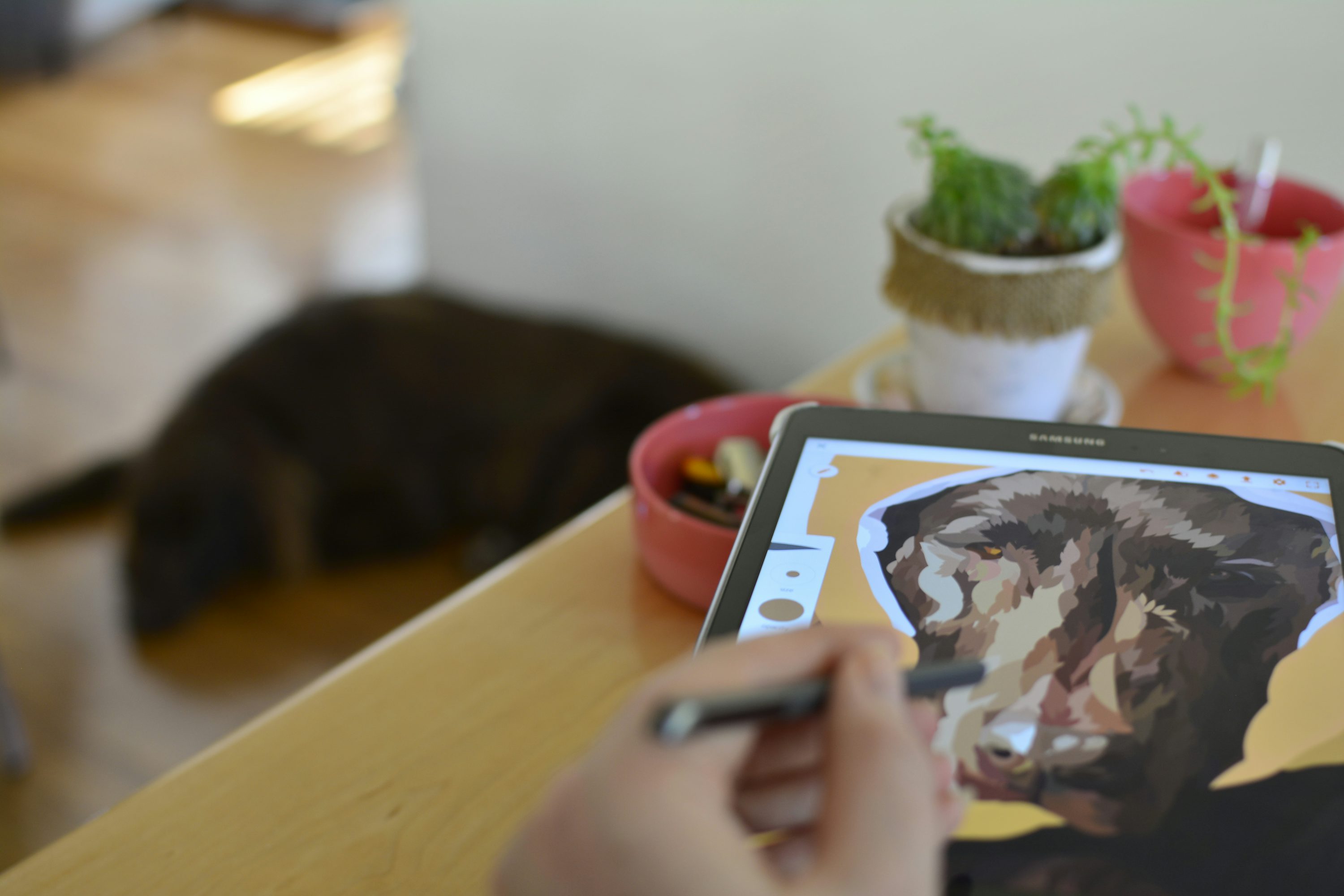
In addition to visual and auditory arts, artificial intelligence also shows its unique charm in the fields of literature, dance and even movies. AI can generate poems, scripts, assist choreography, and even participate in film editing and special effects production. By studying and analyzing a large amount of data, it can discover the imperceptible laws and patterns in human creation and innovate on this basis. This ability of deep learning and generation makes the role of AI in artistic creation more and more important.
However, the role of artificial intelligence in the field of art still leads to many discussions. A core question is: Can the works created by algorithms really be regarded as "art"? Does the essence of art lie in human emotions and intentions? Is the creativity currently displayed by artificial intelligence just the imitation and combination of data? There are no simple answers to these questions, but they prompt us to rethink the definition and value of art.
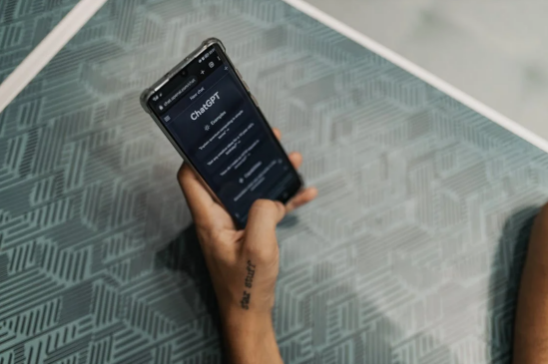
In any case, the combination of artificial intelligence and science and technology has become a trend that cannot be ignored. It provides powerful tools and infinite inspiration for artists, and also brings us a brand-new aesthetic experience. We are in an exciting era, and artificial intelligence is expanding the boundaries of art in an unprecedented way, blurring the boundaries between technology and art, and finally enriching and deepening our perception of beauty.
(Writer:Galli)
